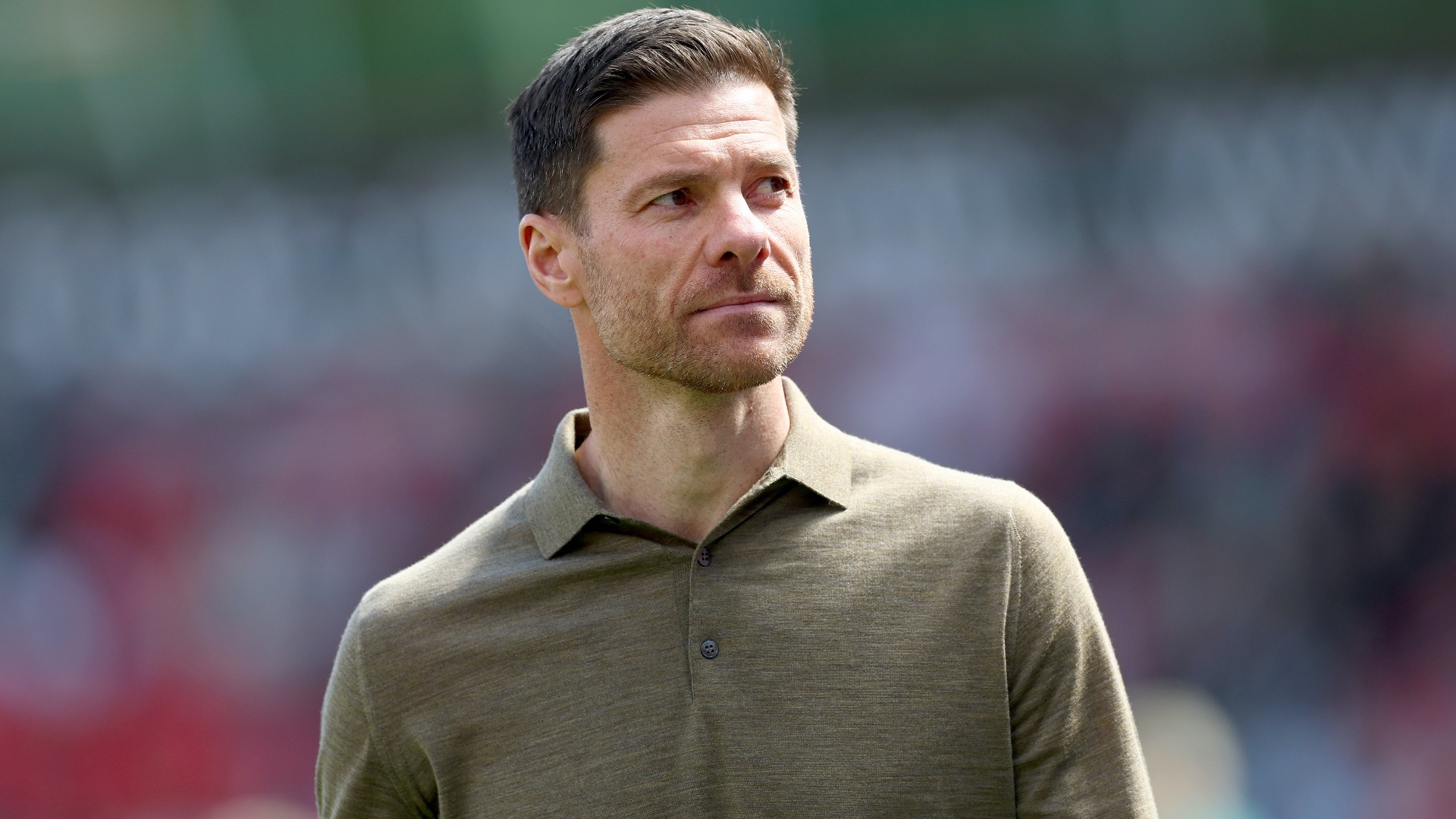NBA Drafts: Are teams getting better or worse at selecting the next star player?
In basketball, you play to win–but not by too much.
“Let’s try to win, but not win by too much.”
“Wait, we don’t want to win by too much?”
“Nuh uh.”
“What the hell are you talking about?”
“Corn dogs.”
“What?”
“See if we score 125 points that means we got to give everybody in here a free corn dog, right?
Jackie Moon: “Yeah sorry Monix, we don’t even got corn dogs! Can’t we just take it easy? Run the clock out? We’re talking a lot of corn dogs!”
In the 2008 American classic film Semi-Pro (and I say that with as much seriousness as a humanly possible), team owner, head coach, starting power forward, and pre-game announcer, Jackie Moon, does some hilarious and weird things while running a professional basketball team—literally and financially.
In the end, all Jackie Moon wants to do is keep his beloved team in Flint, Michigan. It’s like Major League, but with live bear wrestling at halftime. And sometimes, NBA owners and the NBA do weird things in the name of winning.
Building a winning team is not an exact science, but in basketball that margin of error is razor thin. The NFL has an active roster of 53 maximum players that sends only 11 players to the field while the MLB’s active roster size is 26 players with only 9 players fielded during pitching or hitting. In contrast, the NBA only has 15 total active players during the season while sending out 5 players onto the court during live play. Sure, football and baseball have uber specialized positions (quarterback, offensive tackle, wide receiver, pitcher, catcher, outfielder, etc.) and basketball positions can be more fluid and not as stringent as the other sports (you won’t see an offensive tackle line up wide to run a post route unless Jerry Jones has really given up and is trying to avoid giving away 90k corn dogs at Cowboys Stadium).
For that reason, the smaller NBA roster means that when it comes to team building, especially through the draft, teams’ GMs and scouts cannot afford to whiff on a lottery pick—compared to say the NFL where teams like the Cleveland Browns can still make the playoffs just 2 seasons ago despite having a starting quarterback that was drafted in 2008! A lot of money, time, and data is poured into the NBA draft to select a player that will either save or sink a franchise.
Michael MacKelvie took a deep dive into player projections and outcomes in the modern NBA lottery process and posed the thought of whether teams are getting worse at drafting.
In short, MacKelvie stated that the NBA draft has become less efficient: He posits that the All-NBA Team in 2000 only had 2 players not drafted in the top 10 (Kobe Bryant and Karl Malone, who were both drafted 13th overall) compared to the All-NBA Team in 2025 that had 7 players who were not drafted in the top 10 (Giannis Antetokounmpo, Nikola Jokić, Shai Gilgeous-Alexander, Donovan Mitchell, Jalen Brunson, Jalen Williams, and Tyrese Haliburton). Of course, this is a small sample in of itself, but MacKelvie graphed out his theory and found a correlation that over time, less NBA stars are coming from the top ten picks. I would also think that the increase of international players and the “One-and-Done” rule certainly have an effect on this trend, but the findings are fascinating.
The main argument of the clip is that despite more resources, data, and historical data or historical wisdom (if Michael Jordan the GM likes a certain player, proceed with caution), more star players are found later in the draft. It’s hard to refute this when in the past two decades the league is seeing more stars drafted outside of the top ten (Giannis Antetokounmpo, Kawhi Leonard) and even more stars in the second round (Manu Ginóbili, Nikola Jokić, Draymond Green, Gilbert Arenas, Marc Gasol, and Khris Middleton to name a few).
If it seemed like I conveniently cherry picked two of the San Antonio Spurs’ greatest “diamond in the rough” draft picks, then you sir or madam deserve a free corn dog. Of course factors like player development, team environment, coaching, etc. are all important reasons a player might or might not succeed at a superstar level. And some things cannot simply be measured (mental fortitude, focus, competitive drive).
Another factor is how the game has changed. Three-point attempts are emphasized more, if not outright required (see the Boston Celtics), and that changes what type of players teams are looking for: a 7-foot-4 inch athlete with an 8-foot wingspan that can shoot, and has a self-imposed 9 o’clock curfew so TMZ Sports will never catch said athlete out in a weird Pokémon trading card scandal? I think that’s every NBA GM’s dream.
Keep in mind that only the NBA does a draft lottery (cough, 2025 Dallas Mavericks, violent cough). The other leagues award top picks to the team with the worst records without adding variance to the equation like ping-pong balls and some NBA GM’s kid’s cousin’s Lyft driver representing the team, smiling on camera before the pick is announced. The idea of the draft lottery is to promote competitive balance and prevent tanking, but that’s a whole Will Ferrell/Kevin Costner potential sports movie that should be made and discussed for another day.
Without stepping too much onto the work done in this interesting piece, it’s definitely worth a watch to think about what NBA teams might be doing right or wrong in selecting valuable players who could change the course of a franchise. Sometimes, you can just shut down the computer and select Tim Duncan. Other times, you take a gamble on the skinny Argentinian with sharp elbows.











